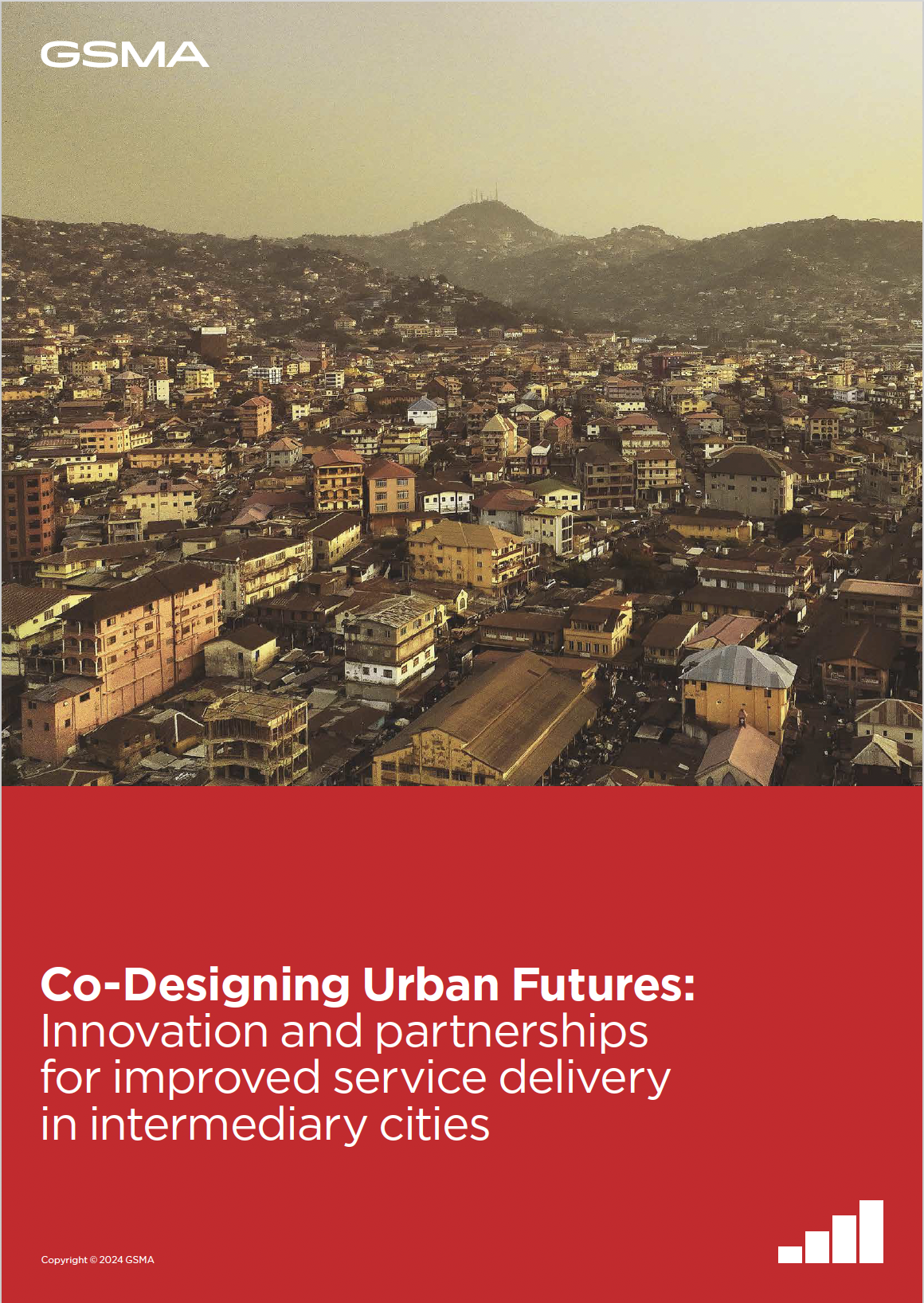Cities across low- and middle-income countries (LMICs) are grappling with the concurrent challenges of rapid urbanisation, climate change and widening inequalities. For intermediary cities, which account for more than half of the urban population in LMICs, these challenges are more pronounced. There is growing evidence that partnerships, collaboration and innovative service delivery models can address these challenges. The GSMA, Connected Places Catapult and UN-Habitat have come together to support cities by driving collaboration between the public and private sectors and enabling the adoption of these innovative models.
This report first outlines the state of urbanisation and the challenges of urban service provision associated with the rapid pace with which cities are growing. It then delves into the unique challenges that intermediary cities face: Governance, digital development, financial capacity and climate change, making the case to accelerate innovation and partnerships in these cities.
The report then provides an overview of the Co-designing Urban Futures initiative, detailing the three-phase approach of the challenge-driven innovation model. It also showcases some successful projects that the three organisations have done. By highlighting the initiative, the report aims to foster collaboration with city governments, private sector innovators and start-ups, as well as donors. This is to support cities in the sustainable adoption of innovative solutions to their challenges, and help urban managers take the first steps to build urban resilience and promote a green recovery in cities.


